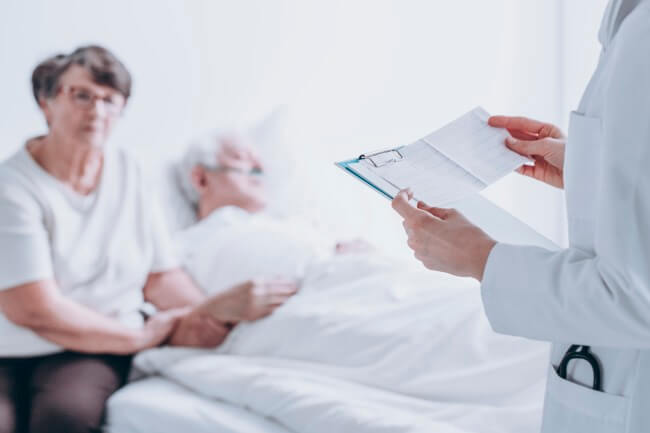Cancer patients and survivors live a life fraught with anxiety that often builds prior to each follow-up scan and oncology visit. How can oncology nurses help their patients as they face this difficult time during the course of their illness and survivorship? Mark Lewis, MD, an oncologist as well as a cancer patient himself, offers his insight.
Dr Lewis is the director of gastrointestinal oncology at Intermountain Healthcare in Salt Lake City, Utah, and he has multiple endocrine neoplasia type 1 (MEN1) syndrome. MEN1 is a hereditary syndrome that causes multiple tumors in the pancreas, parathyroid, and pituitary glands. His cancer was first discovered in 2009.
Dr Lewis’ father died of an undetermined type of cancer when he was 14, inspiring him to study oncology. He was 30 years old and on the first day of his oncology fellowship when he developed abdominal pain that was diagnosed as pancreatic neuroendocrine tumors (PNET) as a component of MEN1 syndrome. He was married and had one child, a daughter, who was tested for the hereditary condition. She did not have it. Dr Lewis and his wife, a pediatrician, then had a son. Genetic testing revealed that he has the condition.
With autosomal dominance inheritance, a person has a 50:50 chance of transmitting the syndrome to their children. The Lewis kids are a classic example. Dr Lewis’ daughter does not have the syndrome but his son does. “Frankly, with my son having foreknowledge in a way that I didn’t have until I was 30 (and my dad certainly didn’t have), I think my son is going to have a much healthier and much longer life,” Dr Lewis said.
For most people, a cancer diagnosis comes from left field with a tremendous amount of shock and an immediate call to action. Dr Lewis’ situation was the opposite; he was able to watch and wait. In fact, he waited 8 years before undergoing a Whipple procedure in 2017. What kills most people with this syndrome is the spread of the pancreatic tumors, so he knew that was the organ he had to focus his attention on. Because his fellowship required him to conduct research, he concentrated his research on how to manage the tumors, which he hoped would help other patients as well as himself.
But undergoing multiple scans was not an ideal situation. If he were “constantly climbing into a CT scanner,” the radiation exposure would add up over time. One way to mitigate the risk of undergoing scans year after year was by using ultrasound. Ultrasound scans allowed for monitoring with no radiation absorption whatsoever. He did occasionally need to undergo a more sophisticated scan such as MRI or CT. Now, he is on an annual schedule.
After undergoing the Whipple procedure, Dr Lewis’ anatomy and upper abdomen were altered so much that ultrasound images were no longer useful. He now undergoes MRI annually. He is not claustrophobic, so that part does not bother him. He can go for weeks, and sometimes months, without really thinking about his genetic condition, even though the part of his pancreas that remains is full of tumors and always will be. “Every part of me is mutated. Most of the time I don’t think about those tumors. I live in a punctuated equilibrium where I am lucky because I am doing regular surveillance and I only have to think about my scans every so often,” he explained.
